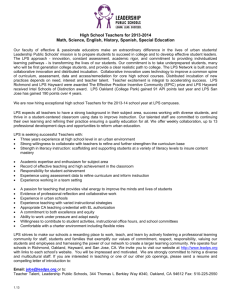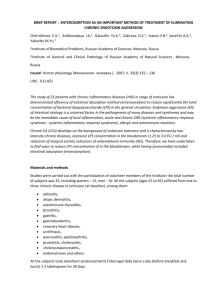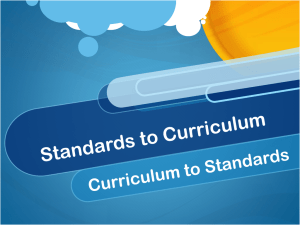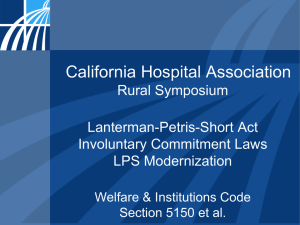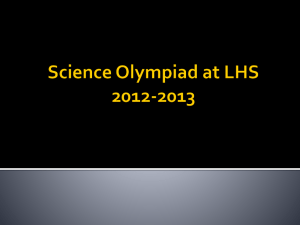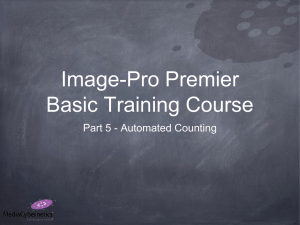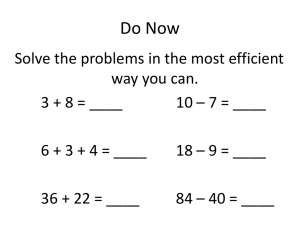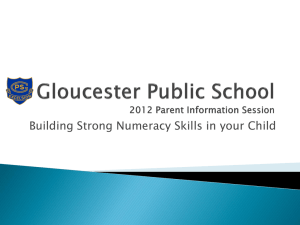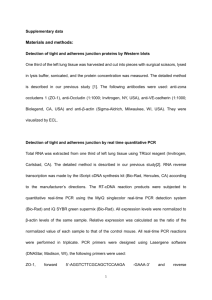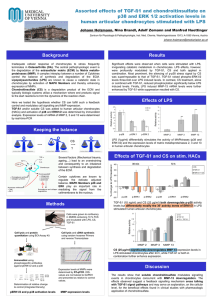Note Names and Fingerings
advertisement
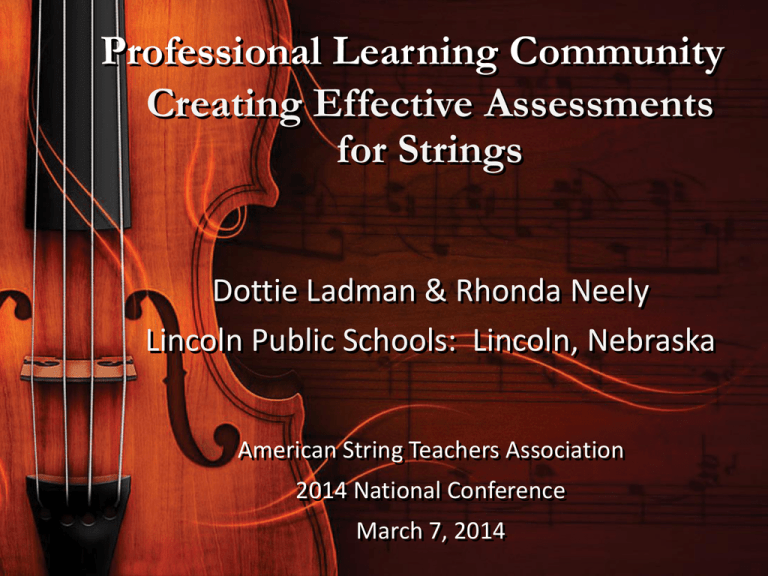
Professional Learning Community Creating Effective Assessments for Strings Dottie Ladman & Rhonda Neely Lincoln Public Schools: Lincoln, Nebraska American String Teachers Association 2014 National Conference March 7, 7, 2014 2014 AGENDA 1. Profile 2. Process 3. Examples 4. Collaboration 5. Results 6. Thriving 7. Activity 8. Resources “Behind every PLC is a veteran teacher rolling his eyes.” Profile LPS Elementary String Program elementary string students elementary string teachers students per school of instruments for rent or fee waiver LPS Elementary String Program Begin in 4th Grade Small Group Instruction Orchestras 4th (some) 5th (all) “Essential Elements 2000 for Strings” vol. 1 & 2 Challenges • School district size: nearly 38K students • Socioeconomic populations between schools • Pulling students for small group lessons • Computerized classroom testing • Differing class size/classroom space • Time to reteach students • Different teaching styles Begin in 4th Grade Small Group Instruction Orchestras 4th (some) 5th (all) Process Establish Norms Identify Essential Outcomes Posture/ Position Rhythm Note Names Create Assessments (4th grade beginners) Note Names/Fingerings • D major scale • No key signature Rhythm Counting • Quarter notes • Eighth notes • Written • Traditional counting “Knowing what you want to accomplish is half the battle. The other half is the room full of fourth graders.” Assessment Examples (Beginners) Note Names and Fingerings Beginning NNF has stayed the same since 2008 (Version #1) Note Names and Fingerings (Version #2) Note Names and Fingerings All lines start with 4 quarter notes Additional measure for all rhythms taught Challenge: too long and confusing for some students (Version #3) Note Names and Fingerings Eliminated a measure Customized rhythm More manageable for beginners Teachers recording the playing tests Scoring Sheet Bowing Assessment New essential outcome based on ASTA curriculum New district-implemented data gathering process Committee created examples Group decision on selected assessment tool (2nd Year) Bowing Assessment - Scoring Sharing Teaching Strategies and Best Practices Note Name Fingering (Worksheet) One strip per week Note Words Higher order thinking Analyze visually, mentally Traditional Counting (Worksheet) Use after pretest Rules for Counting (Worksheet) Counting / Performance New line each week at lessons Practice writing the counting, then playing (Worksheet) 5th Grade Bowing Practice Same measures, different order Measuring Results - Data “The new data analysis software is here, Ms. Riggs. Could you send one of the third graders down to install it?” Results: Fingering 92% 90% 1300 88% 86% 800 84% 2013 2012 2011 2010 2009 82% 2008 300 Avg Score # Students 1800 Results: Note Names 96% 94% 92% 90% 88% 86% 84% 82% 1300 800 2013 2012 2011 2010 2009 2008 300 Avg Score # Students 1800 Results: Individual Students Growth from pre-test to post-test Results: Measuring Schools Data Gathering in Google Docs Thriving “We need to choose somebody to plan a little celebration. Did anyone here go to a party school?” “That’s who the principal thinks I am.” PLC Positives Common vocabulary Common curriculum and pacing Develop teaching strategies Identify students who need reteaching Collegiality / Respect among teachers Teacher accountability Our Team 15 Elementary String Specialists in Lincoln Public Schools Lincoln, NE Group Activity: Scoring Assessments Group Activity Resources Resources Website wp.lps.org/rneely/ Resources • Dottie Ladman – dladman@lps.org • Rhonda Neely – rneely@lps.org • ASTA Curriculum Guide • Cartoons from The PLC at Work Cartoon Book by Martha F. Campbell • Essential Elements 2000 for Strings. Allen, M., Gillespie, R., and Tellejohn Hayes, P. • Renee Alexander, Alexander & Associates, dnralex@gmail.com -- PowerPoint designer LPS Administration Dr. Jane Stavem Associate Superintendent for Instruction Dr. Jadi Miller Director of Curriculum and Professional Development Dr. Raymond Lowther Supervisor of Music
